

Matt Campbell
2025 Porsche 911 Carrera T review
5 Days Ago
Say hello to the electric S-Class. The EQS will be in Australia late in 2021 with up to 770km of range, and a high-tech interior.

Contributor
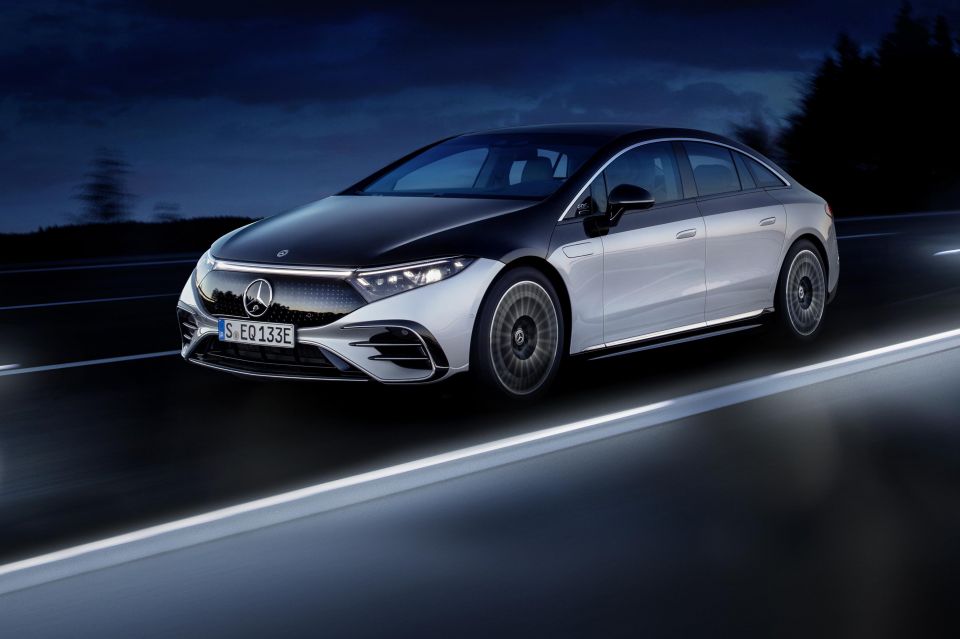

Contributor
Say hello to the all-electric Mercedes-Benz S-Class.
The 2022 Mercedes-Benz EQS is a statement of intent from the three-pointed star, and will sit alongside the petrol-powered S-Class atop its range.
It will touch down locally in December 2021, at which point it will join the EQA and EQC in the local electric range. Which models are coming isn’t yet clear.
Where the EQA and EQC are built around the same bones as petrol, diesel, and hybrid cars, the EQS is a ground-up electric car.

It debuts a bespoke electric platform that will eventually underpin the smaller EQE sedan and two large electric SUVs.
Two EQS models will be offered at launch: the EQS 450+ and the EQS 580.
Both feature a 107.8kWh lithium-ion battery beneath the floor, and claimed range is up to 770km on the tougher WLTP test cycle.
The EQS 450+ is rear-wheel drive, with 245kW of power and 568Nm of torque. The 100km/h sprint takes 6.2 seconds, and flat out you’ll be doing 210km/h.
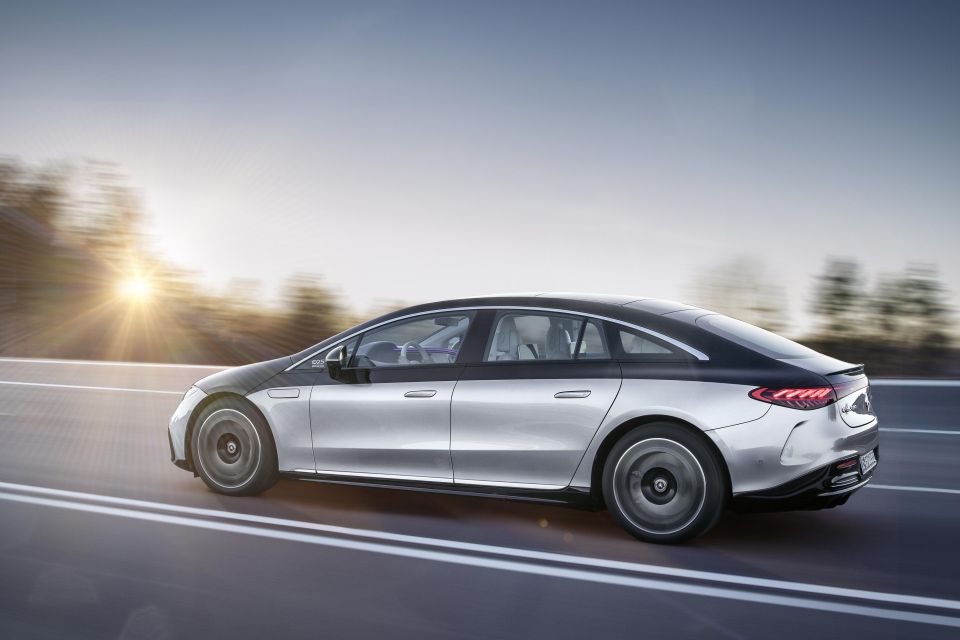
The EQS 580 4Matic is all-wheel drive, with motors on both axles capable of adapting their torque outputs 10,000 times per minute for better grip, efficiency, or performance.
It has 385kW of power and 855Nm of torque, and completes the 100km/h sprint in 4.3 seconds.
A higher-performance version will be offered after launch, complete with 580kW of power.
Both models are capable at accepting up to 200kW of power from an ultra-rapid DC charge station, and the EQS 450+ is capable of gaining 300km of range in just 15 minutes.
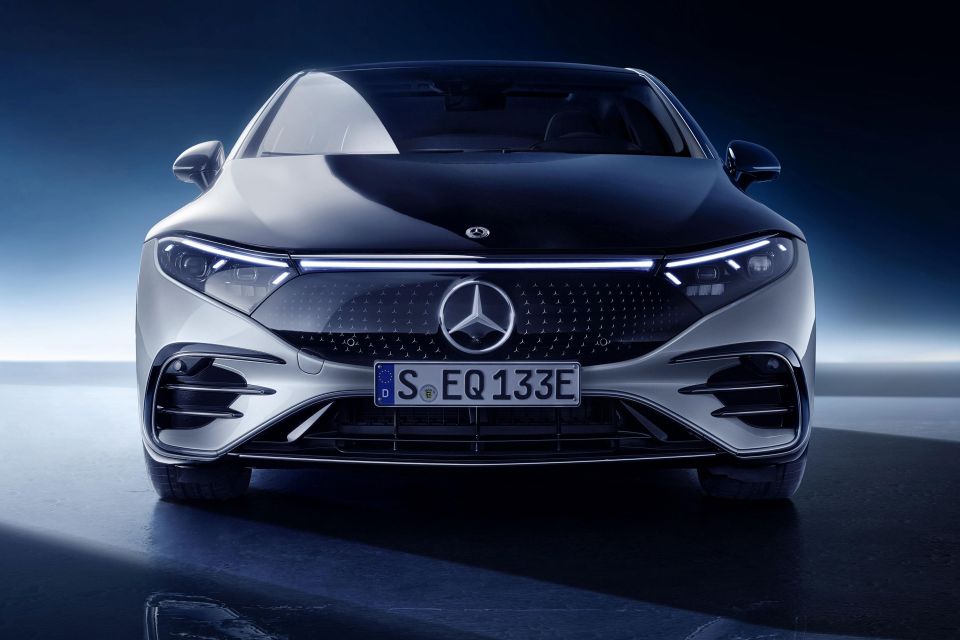
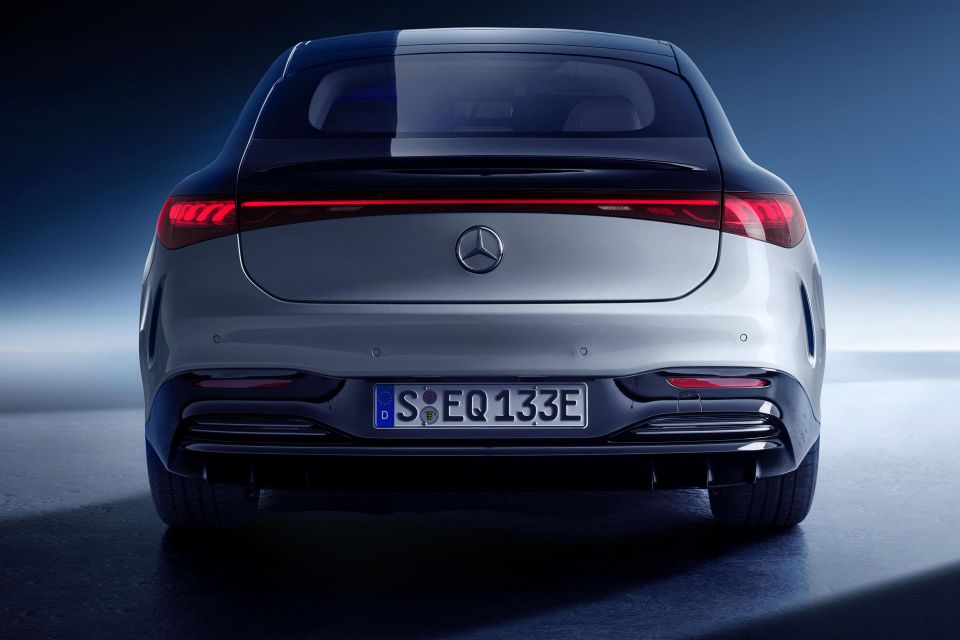
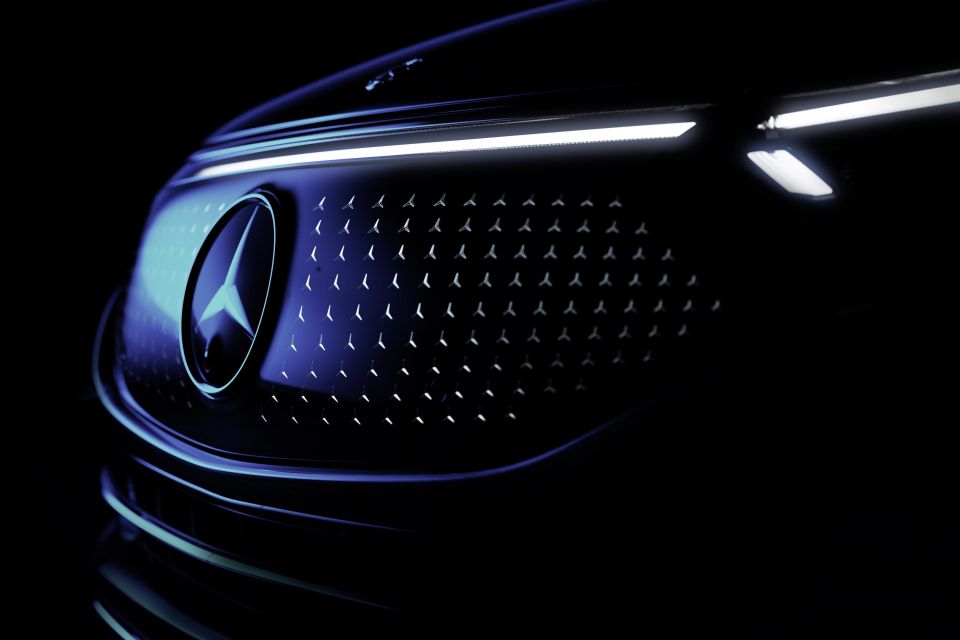
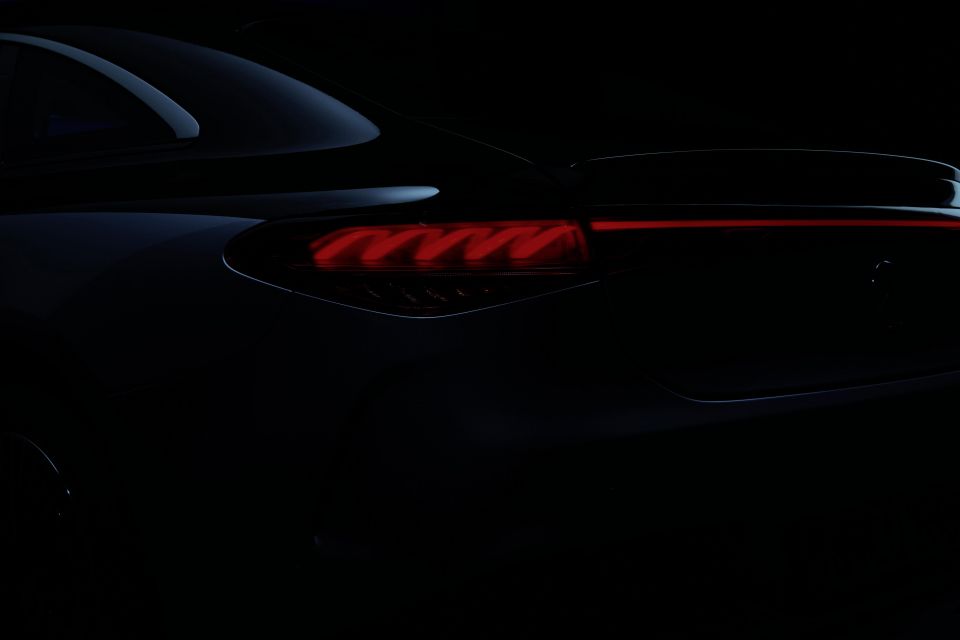
Mercedes-Benz Europe will offer owners a year of free charging on the Ionity network of ultra-rapid chargers.
With the correct charger and three-phase power connected it can also be recharged at up to 22kW from home.
The EQS isn’t built on an 800V architecture like the Porsche Taycan or Hyundai Ioniq 5, with Mercedes-Benz instead opting for a 400V architecture.
Christoph Starzynski, head of the EQ brand, says Mercedes-Benz has focused on allowing the EQS to maintain its peak 200kW charge speed for as long as possible.
“We are able to charge 200kW for a pretty significant amount of time,” he said.
“At the end of the day, the customer doesn’t care about peak charging time. The customer cares about how long you stay at the charging station.
“If you can recharge up to 300km in 15 minutes, or approximately 30-31 minutes from 10 to 80 [per cent] on a 107.8kWh battery, that’s pretty good.”
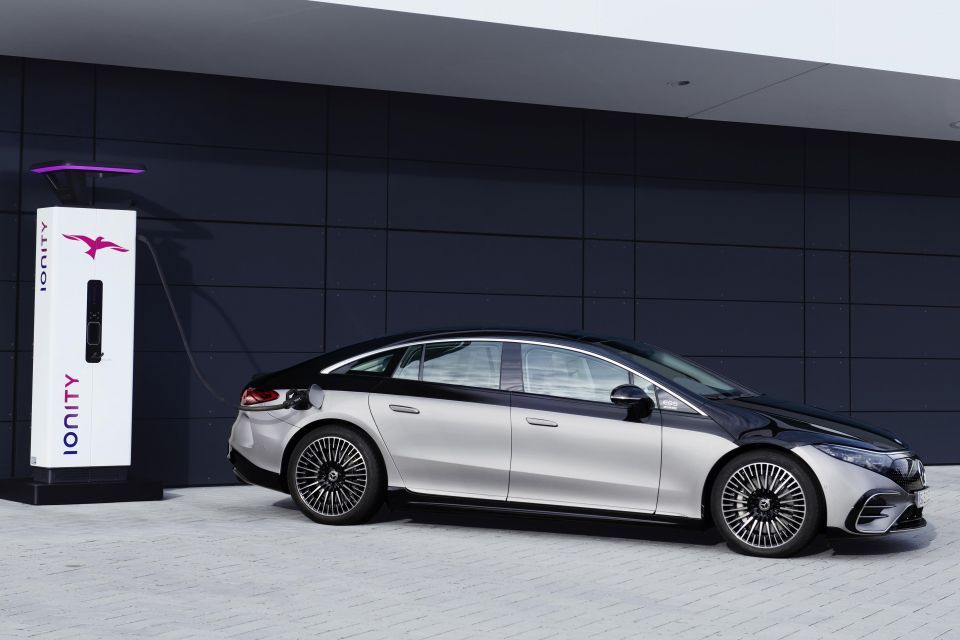
Lift off the throttle and the EQS can recuperate energy at up to 270kW, slowing the car to a stop without touching the brake pedal.
As you’d expect, aerodynamics have played a strong hand in shaping the EQS. It has a drag coefficient of just 0.20, undercutting the brand’s previous best effort of 0.22 on the latest S-Class and A-Class sedans.
The front end is entirely closed over (the bonnet doesn’t open, save for a flap for the washer fluid), and the wheels are all flat and aero-focused to liberate as much range as possible.
Better aero efficiency also helps minimise wind noise and road roar at autobahn speeds. The doorhandles are flush, and even the door seals are unique to the EQS for a near-silent cabin at highway speeds.
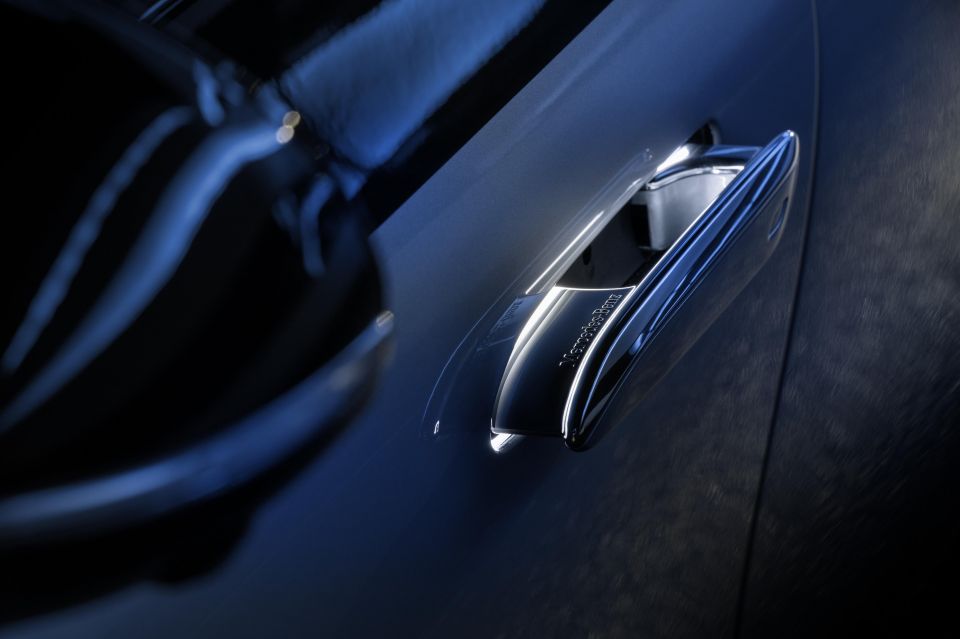
Mercedes-Benz hasn’t followed Audi down the path of offering camera-based mirrors, arguing the range benefits are cancelled out by the extra power being drawn by the cameras and additional screens.
Speaking of screens, the EQS has plenty. There’s three in the front, four if you include the head-up display, as part of what Mercedes-Benz calls the (optional) Hyperscreen system.
Measuring more than 141cm wide, it encompasses a digital instrument cluster, central touchscreen, and a touch display for the passenger.
Mercedes says the “area perceived by the occupants” measures 2432.11cm2, and the lower part of the screen has integrated ambient lighting to simulate a floating effect.
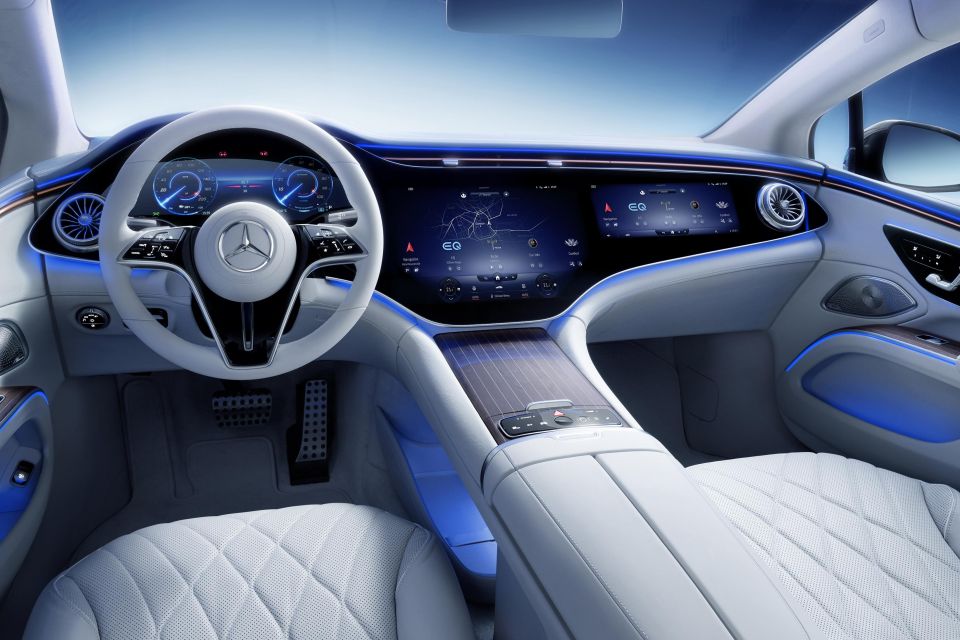
Models without a Hyperscreen have a dashboard design similar to that of the redesigned S-Class, with a free-standing digital instrument cluster and portrait-oriented central touchscreen flowing into the centre console.
The seats are available with up to 10 different massage programs and can also be upholstered in Neotex, which is said to combine the look of nubuck leather and neoprene.
There’s no boot at the front, but the rear space is 610L with the rear seats in place, and 1770L with them folded.
Externally, the most striking element of the EQS is its cab-forward design, which dispenses with the traditional three-box shape from previous S-Class flagships.
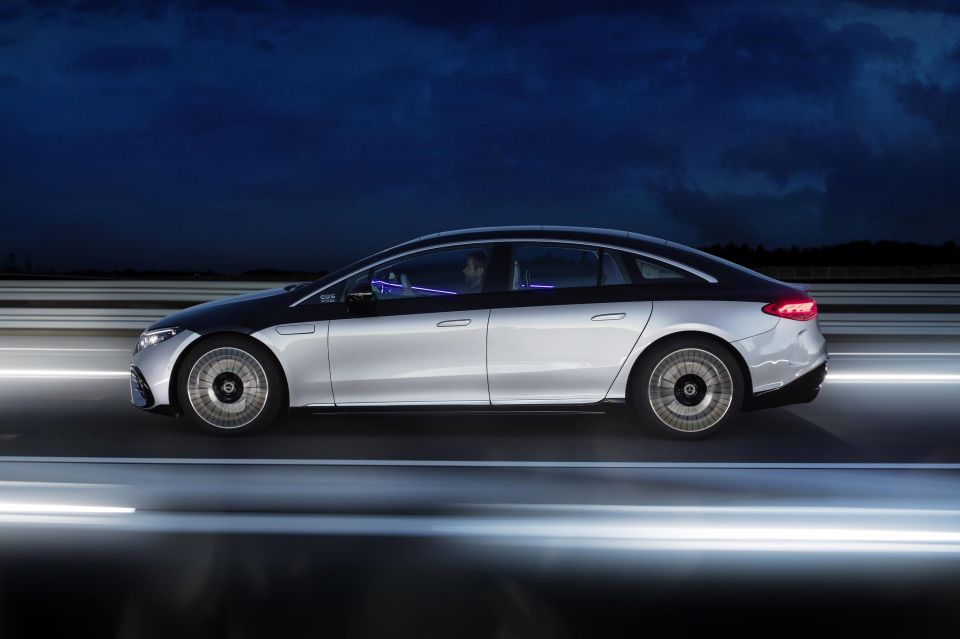
MORE: A full breakdown of the Mercedes-Benz EQS interior
The front is dominated by LED headlights linked by a slim strip like on previous EQ models, and the backlit grille brings a dash of show-car sparkle.
Although the rear is also home to a linked light bar, the detailing is unique to the EQS. Forget flat graphics, the tail of the all-electric Benz flagship has a new 3D light effect that’s part DNA, part artisan cocktail garnish.
Being a member of the S-Class family, the EQS has been built from the ground-up with safety in mind.
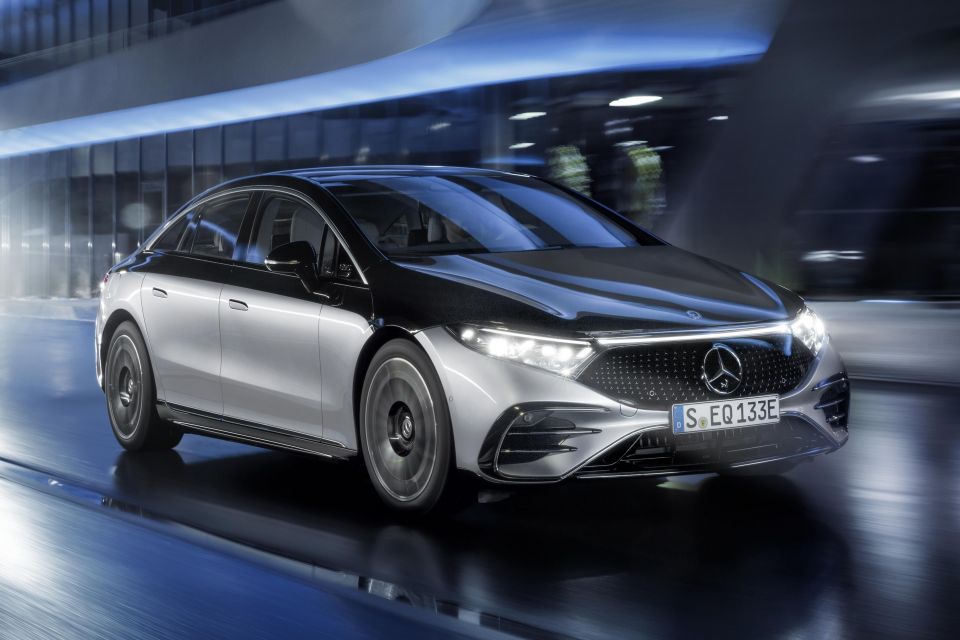
Like the EQC before it, the EQS features a battery capable of detecting an accident when charging and cutting off its connection to the plug.
There’s a Drive Pilot system that by 2022 should be able to drive in a “highly automated mode” through traffic at up to 60km/h thanks to an array of cameras, a LiDAR sensor, a radar, and microphones to detect emergency vehicles with lights and sirens blaring.
It also has a Level 4 autonomous parking function allowing the driver to park at the base of a suitably-outfitted parking garage and simply leave. Once they’re gone, the car will park itself.
Naturally, a full range of active safety assists are standard.
Scott Collie is an automotive journalist based in Melbourne, Australia. Scott studied journalism at RMIT University and, after a lifelong obsession with everything automotive, started covering the car industry shortly afterwards. He has a passion for travel, and is an avid Melbourne Demons supporter.


Matt Campbell
5 Days Ago


James Wong
4 Days Ago


Max Davies
3 Days Ago


Josh Nevett
2 Days Ago


Josh Nevett
1 Day Ago
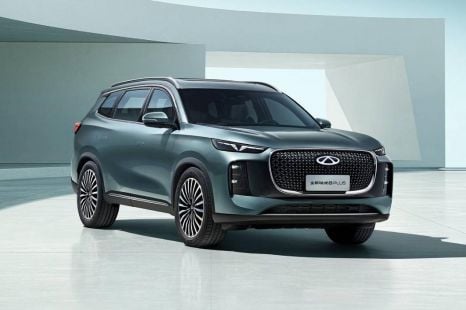

William Stopford
16 Hours Ago